
Fjord to Glacier on One of Norway’s Wildest Roads
Cycling Folgefonnavegen There are few places in the world where you can cycle from sea level to the edge of a glacier in one uninterrupted
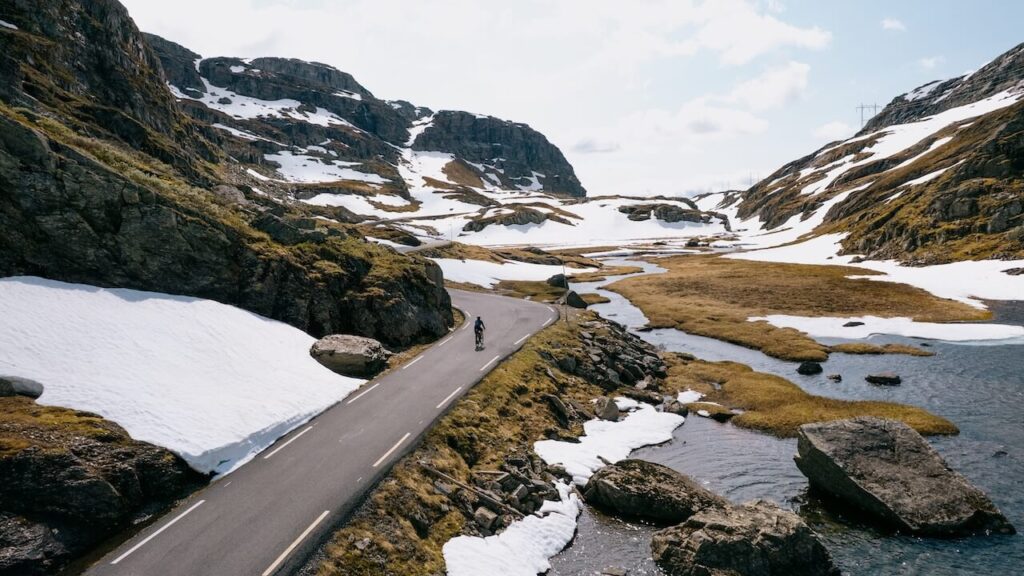
World Class Bike Photography in Norway – Part 2: This blog continues from [Part 1]
We hit the road with a rough plan, a beat-up Rent-A-Wreck van, two bikes, and nearly €20,000 worth of professional camera gear all rattling around in the back. It was an odd mix, the kind of setup that made people do a double-take at gas stations. But that contrast summed up our mission perfectly: to chase beauty in all its rawness, from windswept mountain passes to coastal roads carved into cliffs, capturing the soul of southern Norway one frame at a time.
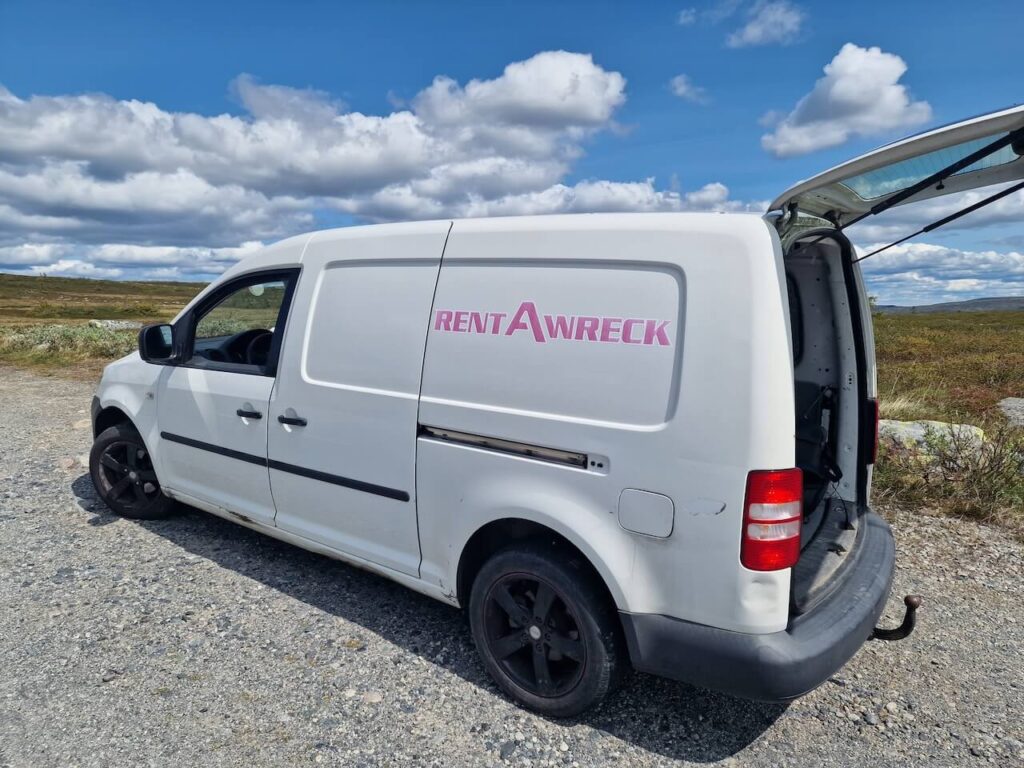
Day two began under low, brooding clouds. There was rain in the air, but it hadn’t yet made up its mind. Emil, my photographer and the kind of guy who makes 6am runs look effortless, had already been out on the forest gravel tracks that weave through the hills outside Geilo, part of National Cycle Route 4. He came back beaming, saying the stillness, the deer, the birds, had set him up for the long day ahead. I admired his discipline, but I also really needed the extra sleep!
We didn’t leave Geilo until late. The weather was due to improve, and we knew the best light would come in the evening. That was the plan: chase the light, wherever it might take us. Geilo felt half asleep, early June in a ski town always does, but our sights were set on the fjords, where even a cloudy day can produce something magical. But before that, we had the great Hardangervidda plateau to cross.

Just 20km from Geilo lies Rallarvegen, arguably Norway’s most iconic cycling road. I’ve long wanted to capture it with a proper lens, with someone who sees the world in frames and shadows. The problem for us ‘photographers’ is that no motor vehicles are allowed down it, so the best option was to take the train from Haugastøl to Finse, then ride back to the car. This meant Emil had to cycle 30km, hauling his full, heavy camera kit on his back, through snow-lined mountain passes. That’s dedication. The trail beyond Finse to the west was still snowbound, but the section to the west that we could access gave us exactly what we needed: a taste of the real Norway. Harsh, raw, beautiful. No blue-sky tourism shots here. Just truth.
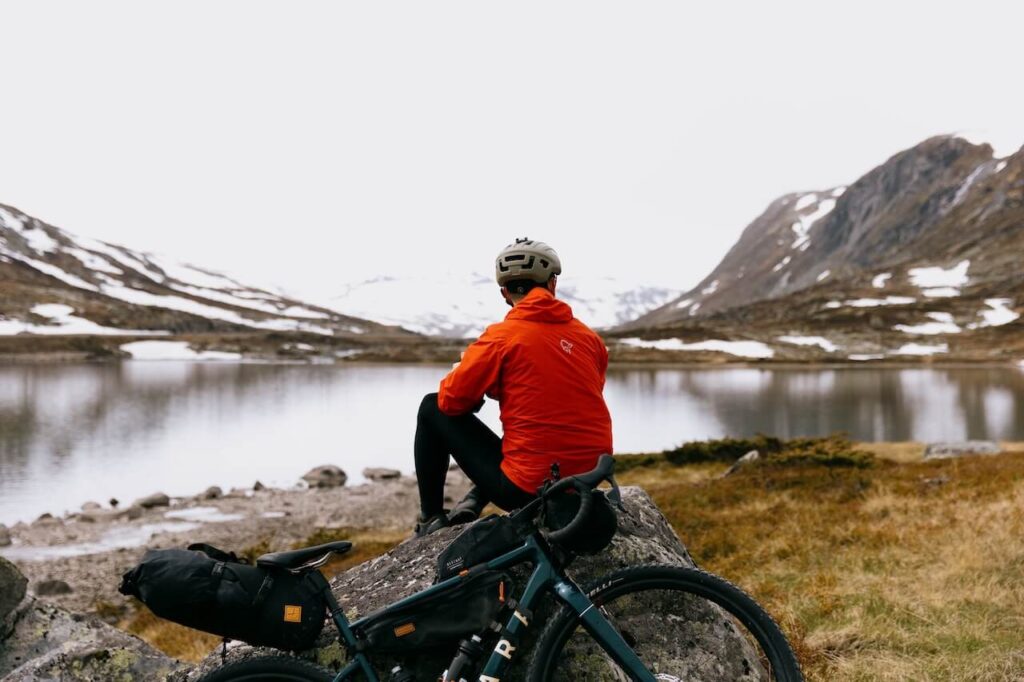
We reached the van around 3pm and pushed on toward the fjord. The Hardangervidda plateau road was jammed with tourists, mostly Japanese, stopping constantly to photograph the endless horizon. You could see in their eyes they were having the time of their lives.
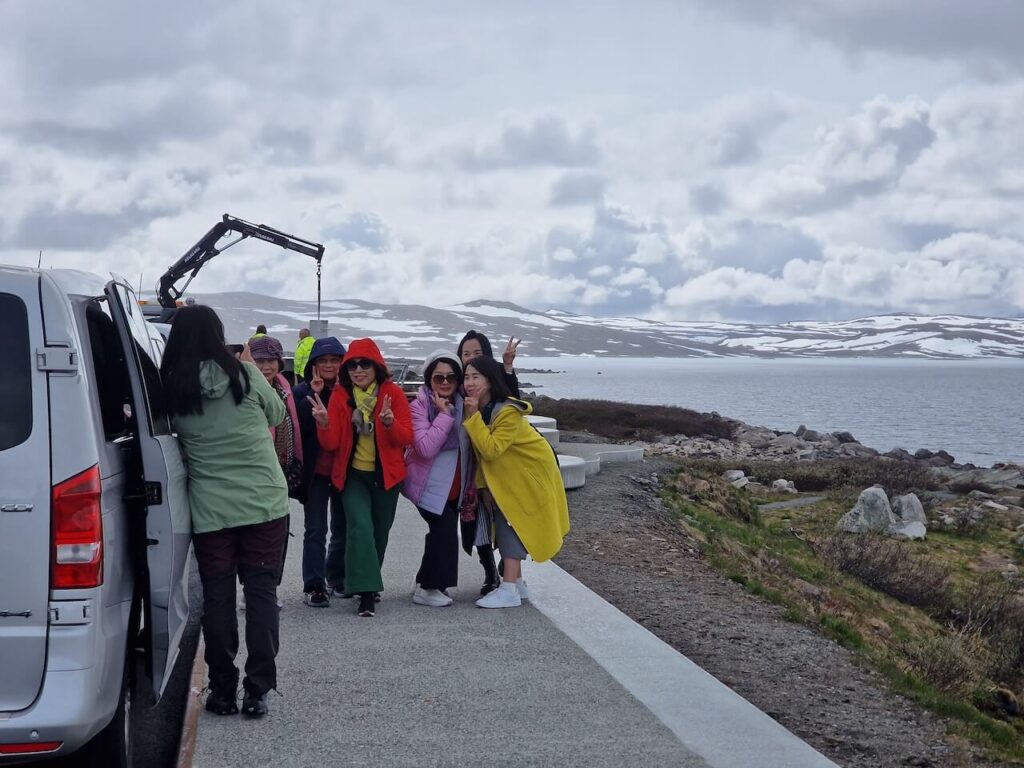
Then came Måbødalen, the old road built in 1916, now sadly quietly crumbling. I cycled it back in 2022 and loved it, but this time it was heartbreaking. Landslides had further wrecked parts of the path, making it impossible to ride fully. The Norwegian state has let it decay while focusing on other less sustainable projects that frustrate and annoy me. I’ll make a video on it one day, it deserves attention. It’s not just an old road. It’s a thread in Norway’s story that has been forgotten.
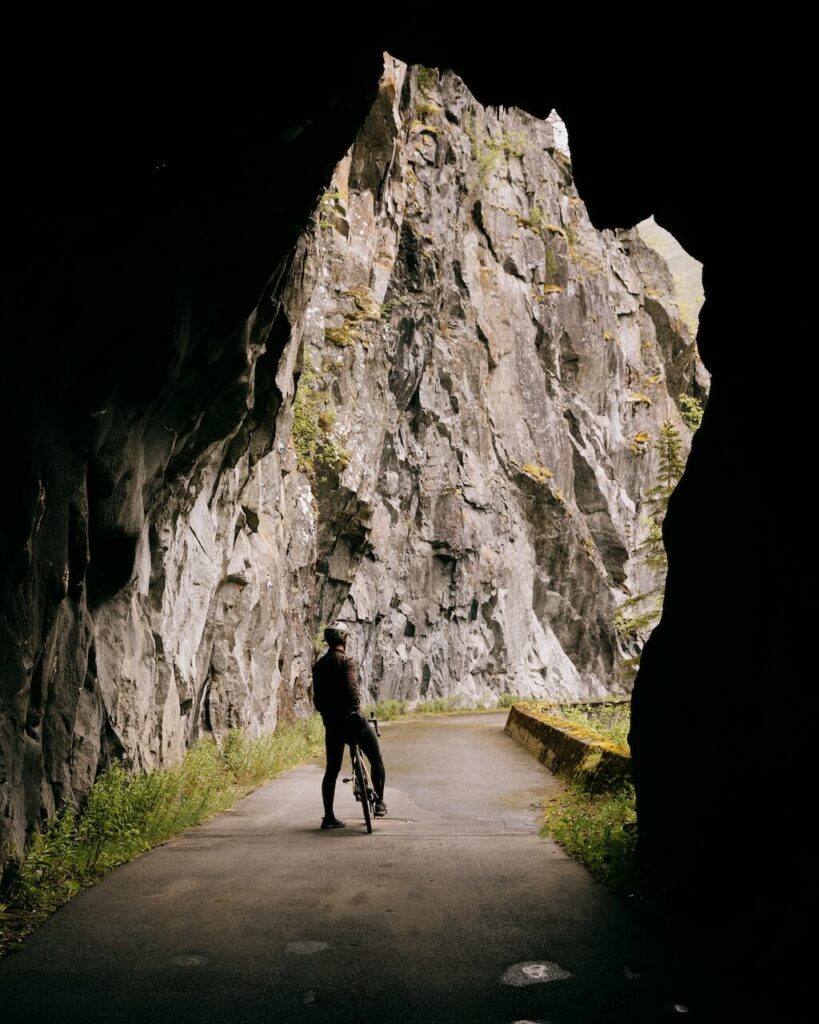
Next came the Hardanger Bridge, one of the longest suspension bridges in the world, and an absolute dream to cycle. On either side, it has tunnels and bike lanes, the design is spot on. The bridge stretches 1.4 km, suspended over the world’s 3rd longest fjord. Emil launched the drone, threading it between the cables with nerves of steel while I pedalled across. I kept glancing up, sure he’d lose it, but he didn’t. He never does (touch wood).

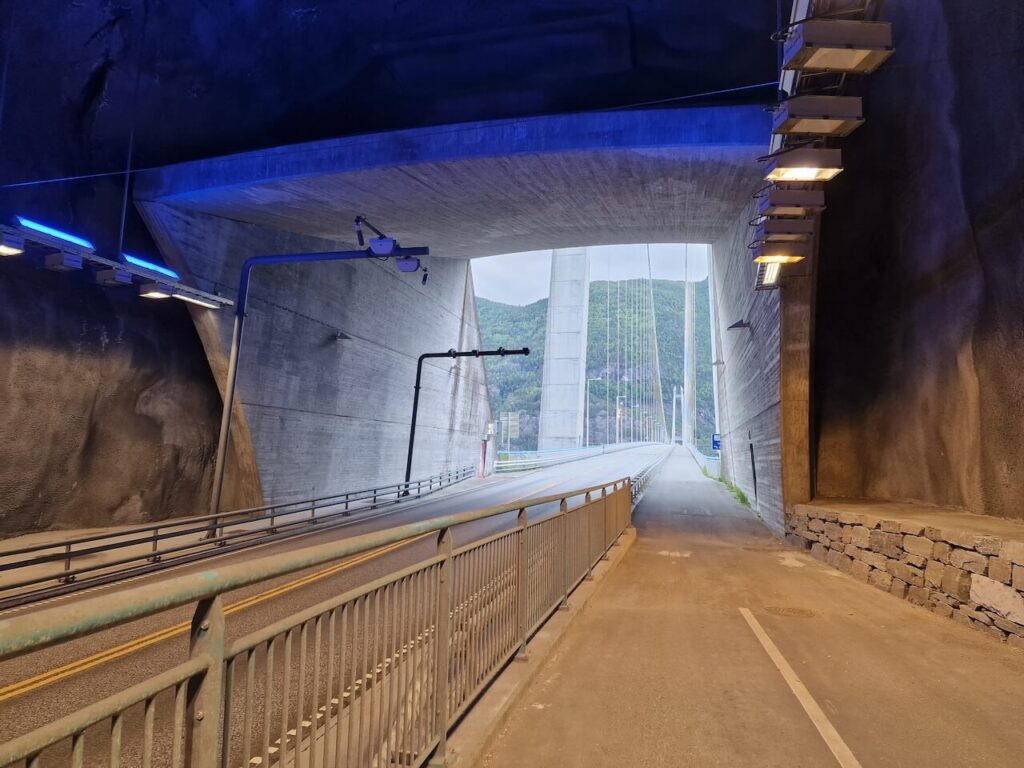
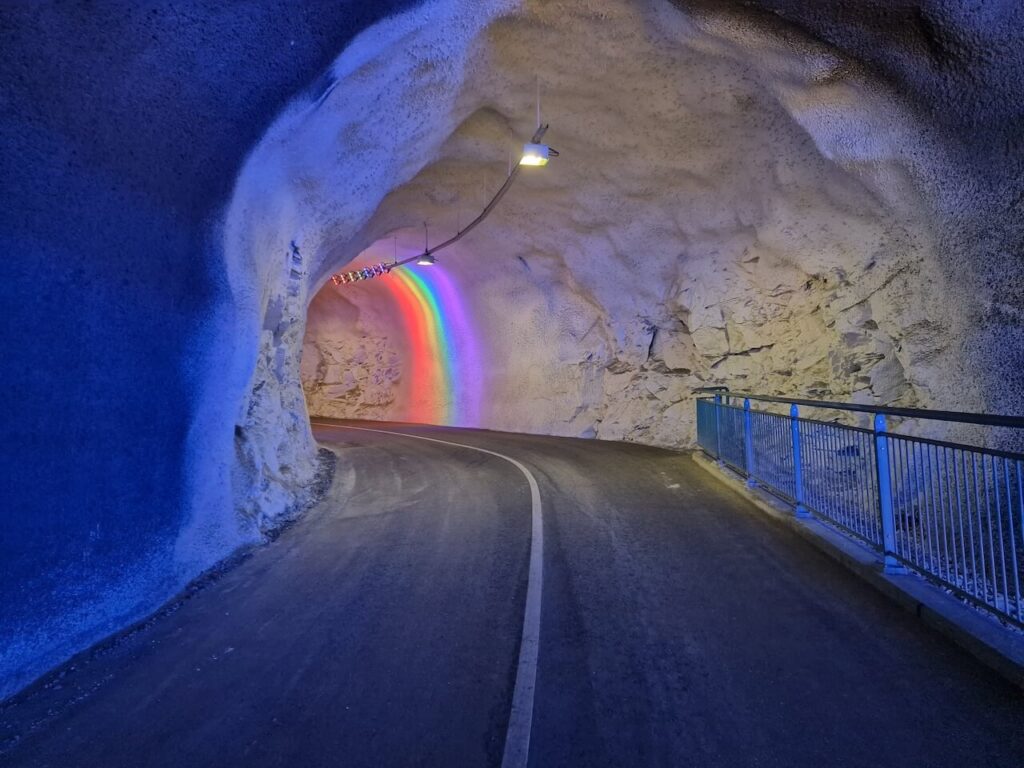
We followed the fjord inland to Odda, where you will find some of the best old roads around several tunnels, but once again, they have now been left to rot, which is heartbreaking. We had hoped for golden evening light, but it never came. Just flat grey and drizzle. After a few half-hearted attempts to shoot in low light, we gave up and headed to the hotel, worn out and reflective. Seeing those neglected roads again brought back memories, some sweet, some bitter. Norway has money, but it doesn’t always spend it where it matters.

Day three. Emil was up before me again, running around the glacier lake south of Odda. We had 15 hours of work ahead. My itinerary today was too ambitious; two humans simply couldn’t cover that much ground in one day. We dropped Stavanger and its coastal beaches from the plan. A necessary call, but a hard one.
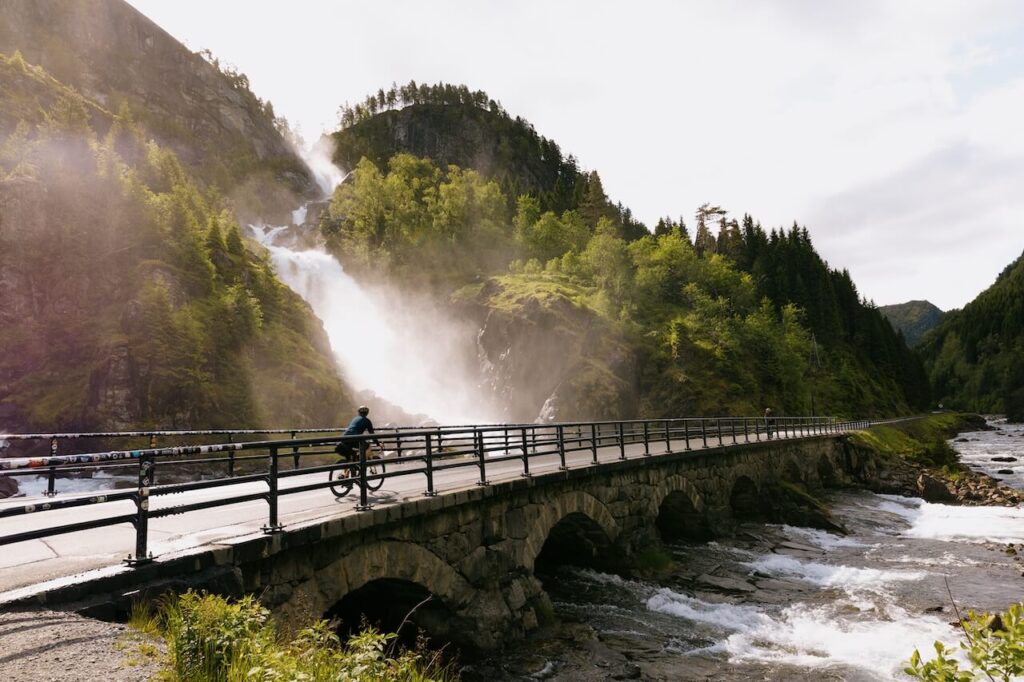
We began with a quick stop at Låtefoss, a tourist magnet but home to a beautiful stone bridge across a double waterfall. It was packed, so we didn’t stay long. The real find was Røldalvegen, a quiet mountain pass closed to traffic at this time of the year. Emil, ever the mule, strapped on his heavy gear and rode to the top. No cars, clear skies, sweeping views, it was everything we hoped for. I’d ridden it before but had forgotten how breathtaking it was.
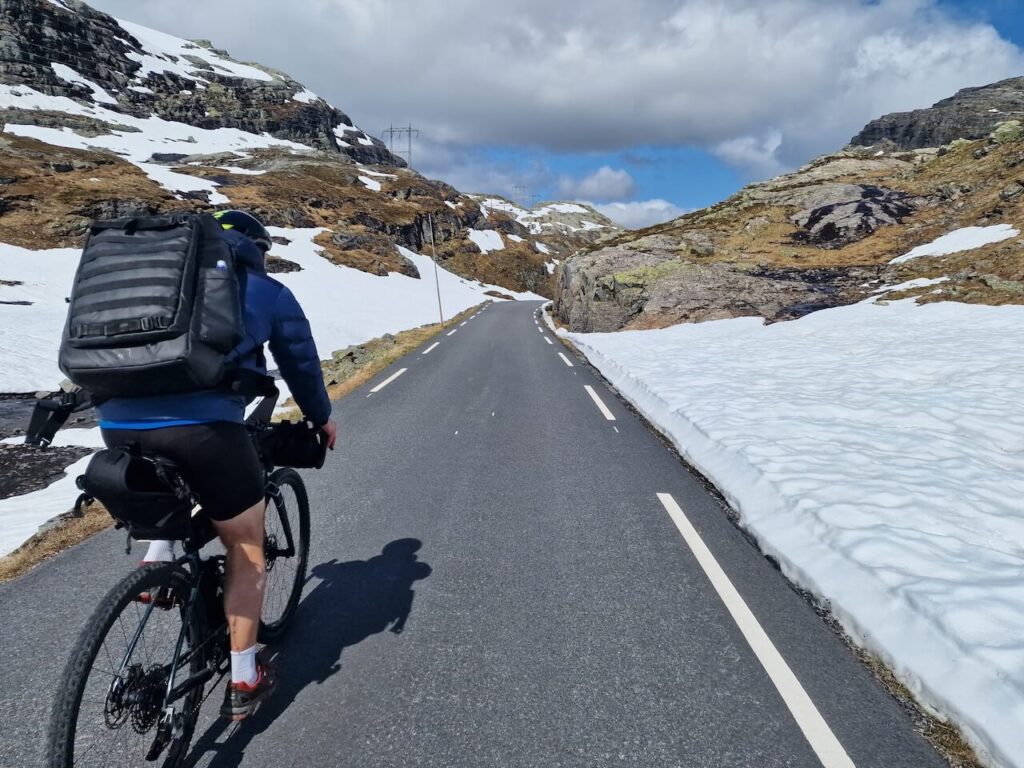
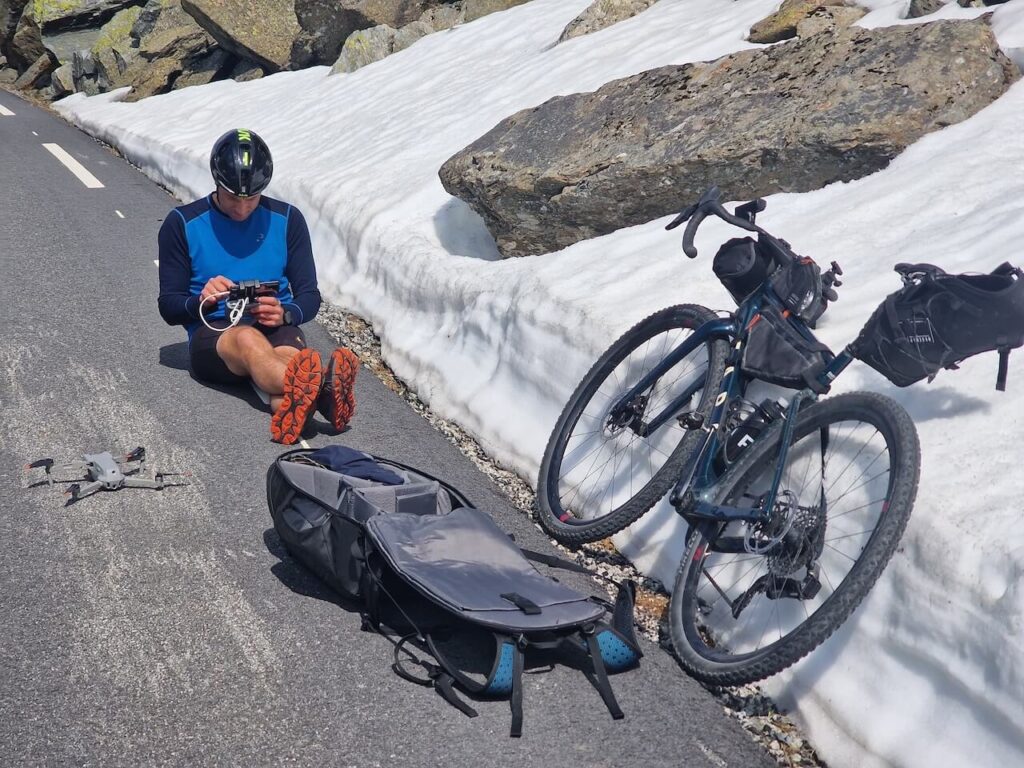
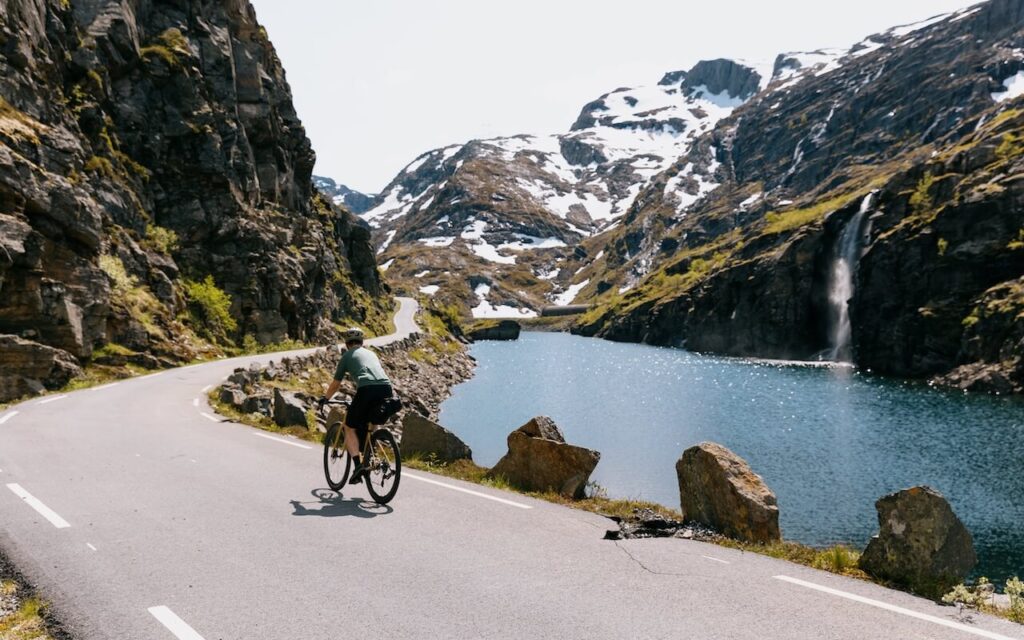
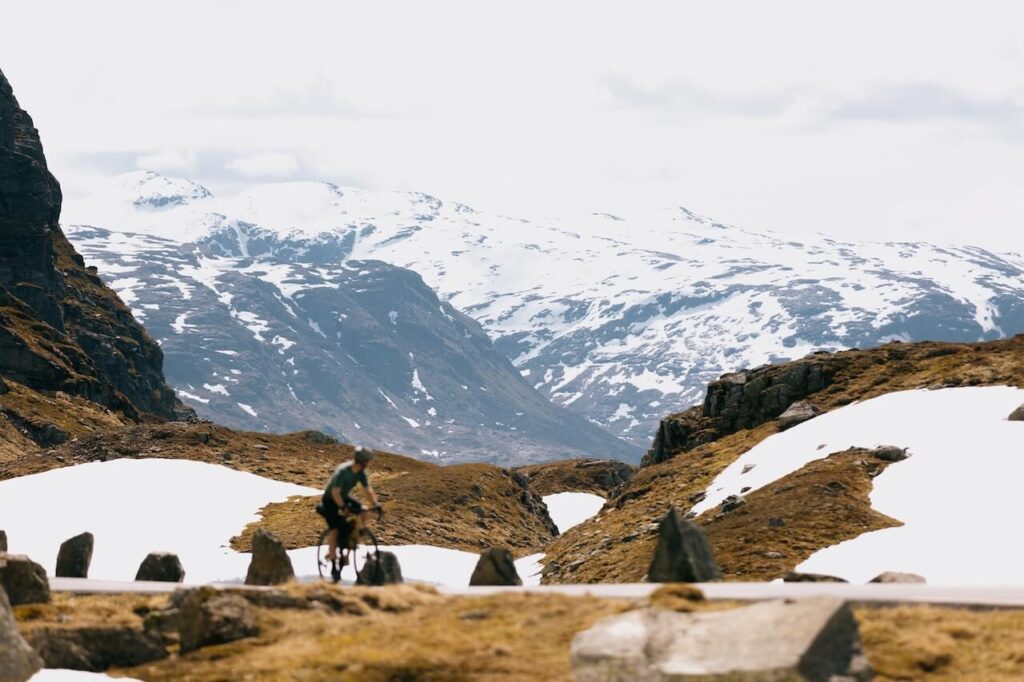
We rejoined road 13 and drove on for hours, stopping where the light and scenery looked promising. Eventually, we reached Lysefjorden, just east of Stavanger. We managed a few more drone shots over the bridges before heading inland toward Sirdal. By the time we arrived at our mountain cabin, it was 10:30pm. We’d been on the go since 8am. Exhausted. Emil never once complained; his energy and drive didn’t falter all day.
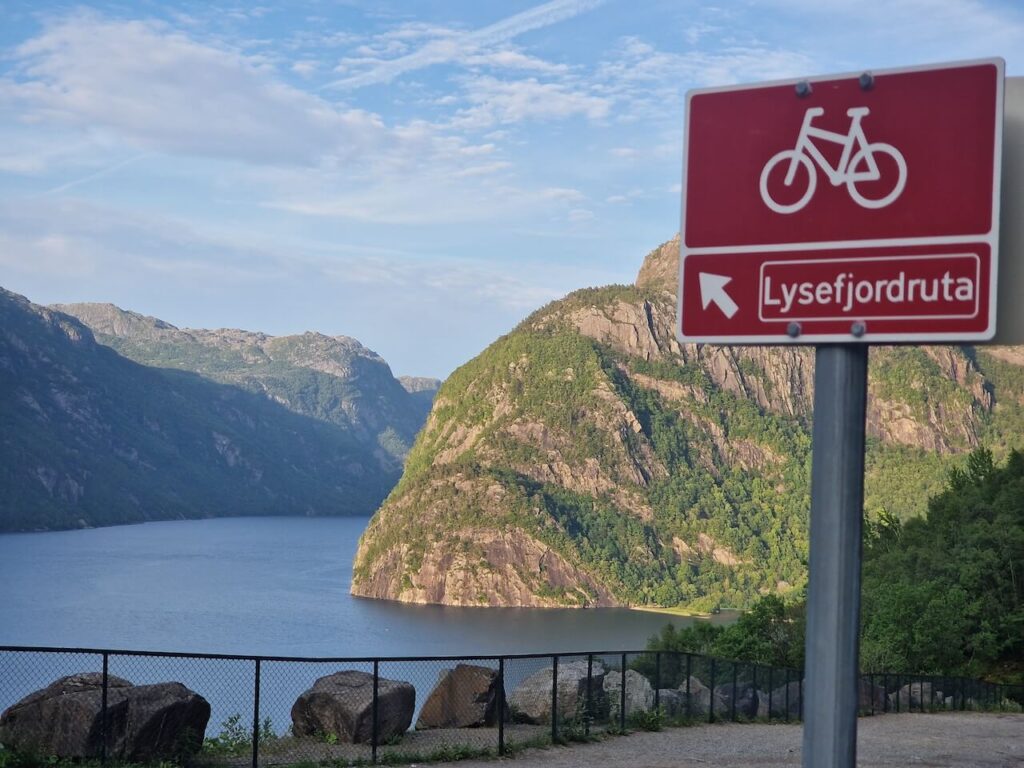
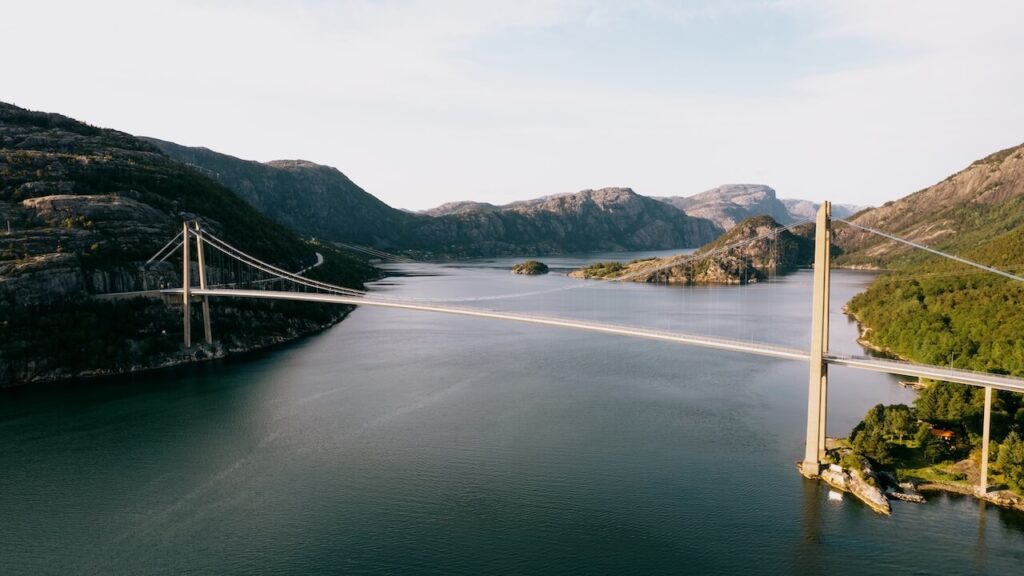
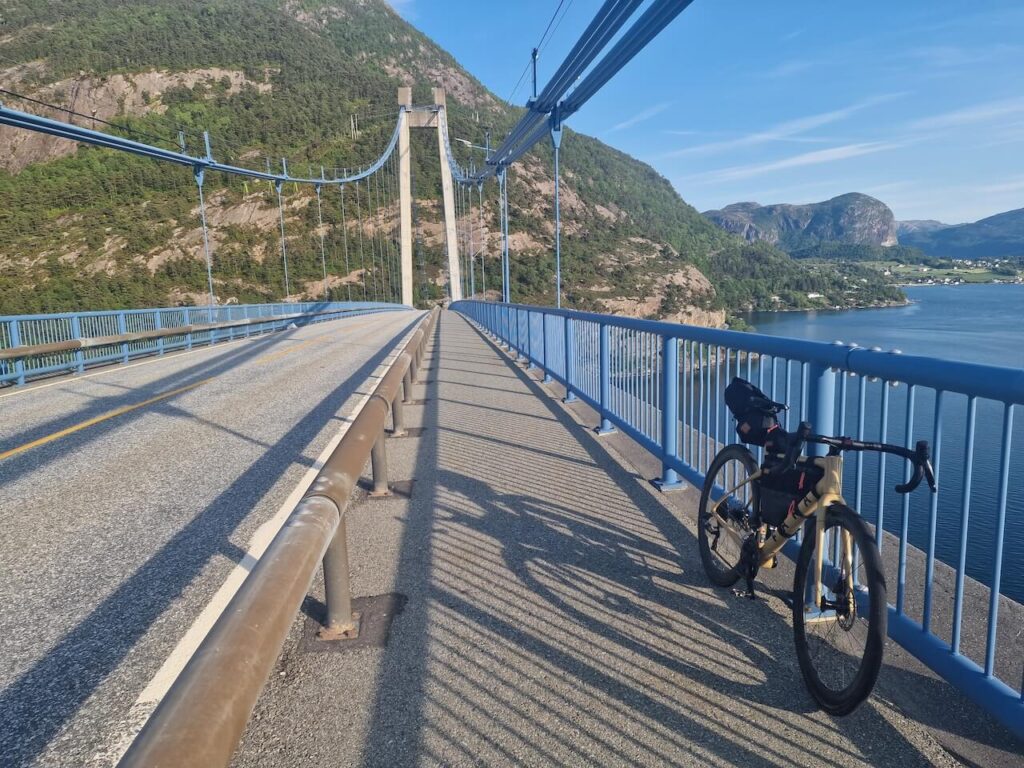
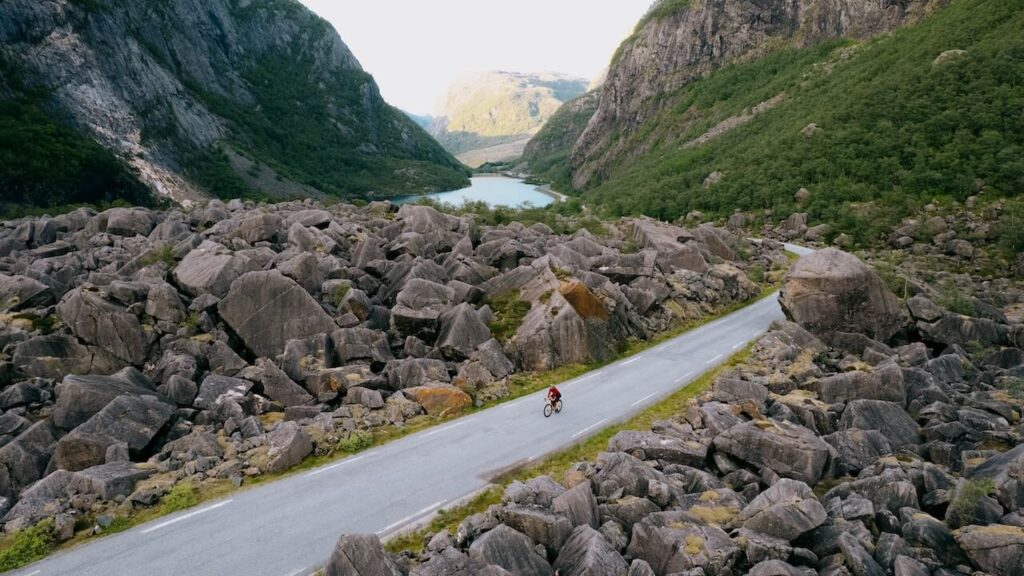
Just as we were settling into bed for a short sleep before the final day’s push back to Oslo, Emil got a call. A family emergency in Lillehammer. He had to leave. No choice. We were in the middle of the mountains, further from Oslo than at any point on the trip, and now everything had to be rearranged. Van drop-off complications, rental deadlines, and more.
But Emil, ever composed, said, “Let’s just go.” He drove through the night while I tried to sleep. We reached Oslo by 5am. The emergency turned out to be less serious than feared, and Emil was able to jump on the first train home. Later that day, I got a message: all was okay.
I still don’t understand how he managed it. Fifteen hours of work, then six hours of mountain driving. The guy is built differently. Not just a great photographer, he’s a force of nature.

Emil has promised we’ll do a final shoot in August to pick up the pieces we had to leave behind. So there’s more to come. More roads, more light, more stories.
Despite everything, it was a successful trip. I’ll share further photos with my members soon. Some journeys are about more than just images; they’re about effort, timing, persistence, and the quiet bond between two people trying to do justice to the beauty around them.
And this was one of those journeys.
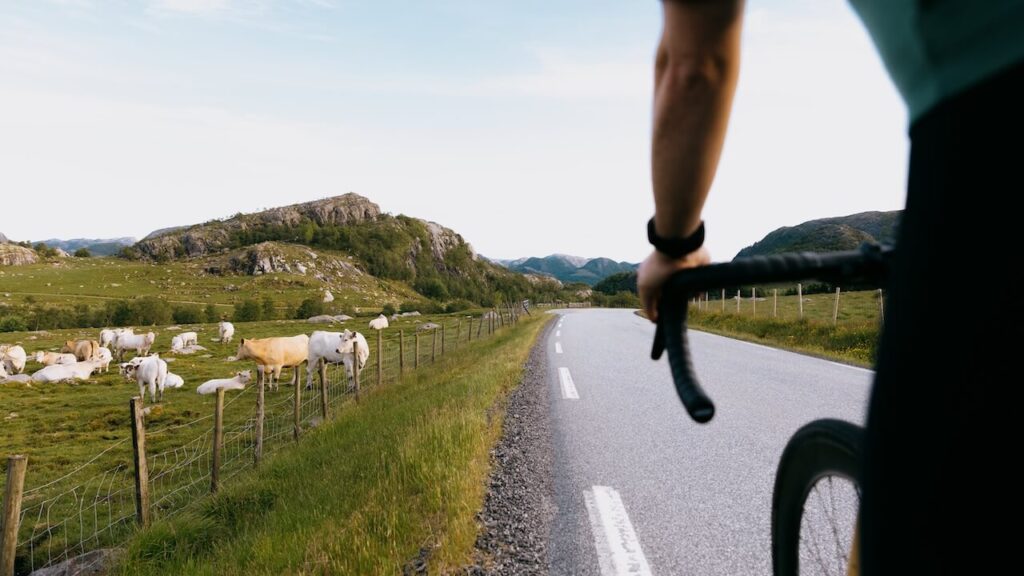

Cycling Folgefonnavegen There are few places in the world where you can cycle from sea level to the edge of a glacier in one uninterrupted
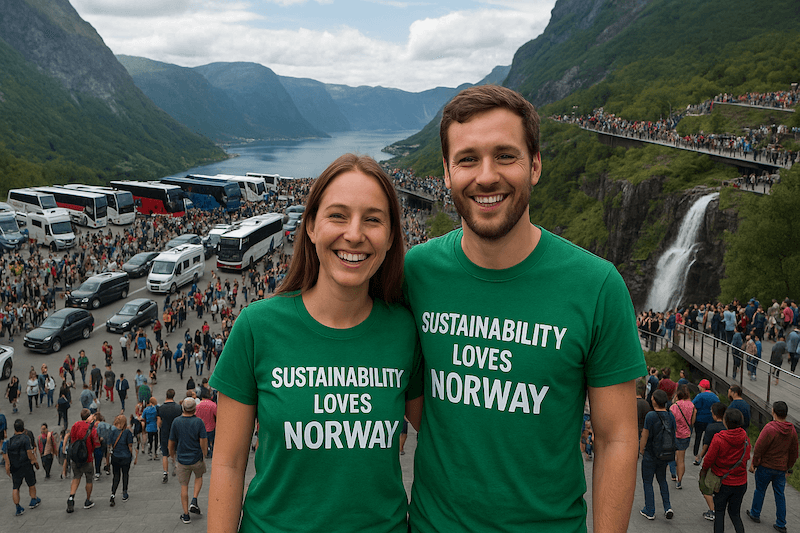
In today’s blog, we’re heading into a world of make-believe. A world where no one needs to take real action or make tough decisions. Where
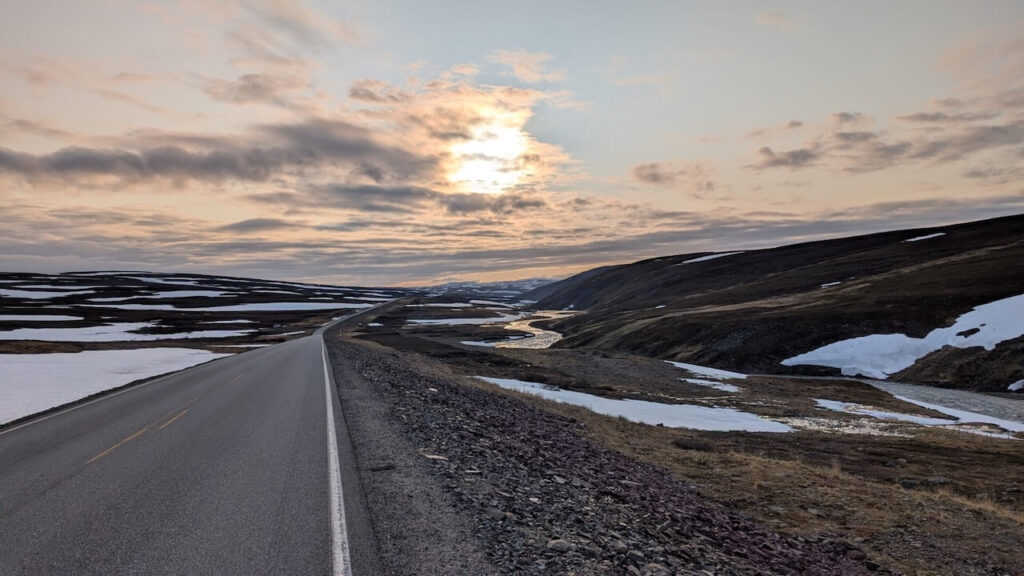
A Long Ride Through the Arctic of Europe: From the forests of Finland to the fjords of Norway and the wilderness of Swedish Lapland The
Cycle Norway is dedicated to making Norway, safer and more enjoyable to experience by bike and to inspire and inform a growing audience of the opportunities available.